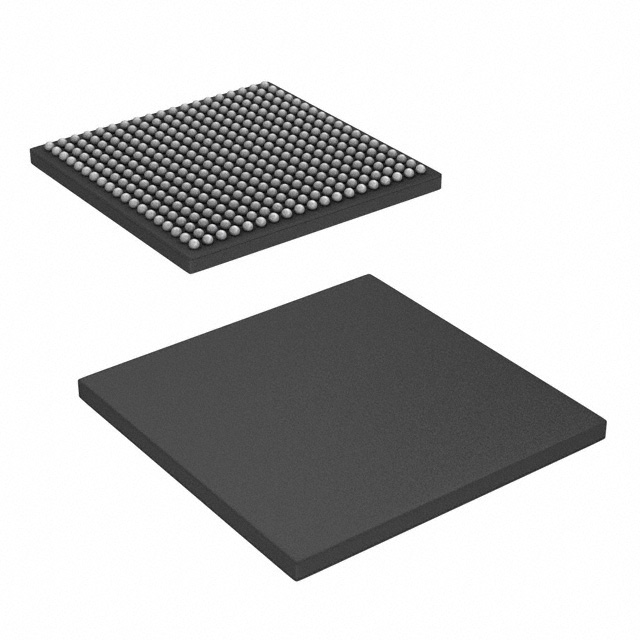

Texas Instruments
TMS320C6748BZWTA3
DSP




.png?x-oss-process=image/format,webp/resize,p_30)


TMS320C6748BZWTA3 Description
TMS320C6748BZWTA3 Description
The TMS320C6748BZWTA3 from Texas Instruments is a high-performance fixed/floating-point DSP from the TMS320C674x series, designed for demanding embedded processing applications. This 375MHz DSP combines the efficiency of fixed-point processing with the precision of floating-point operations, making it ideal for complex algorithmic computations. It features 448kB of on-chip RAM and supports external non-volatile memory, providing flexibility for memory-intensive tasks. The device operates at a 1.20V core voltage with 1.8V/3.3V I/O, ensuring low power consumption while maintaining robust signal integrity. Packaged in a 361-NFBGA (Tray), it is RoHS3 compliant and rated for MSL 3 (168 hours).
TMS320C6748BZWTA3 Features
- Dual Arithmetic Capability: Unique fixed/floating-point architecture for high-speed numerical processing.
- Rich Peripheral Set: Includes EBI/EMI, Ethernet MAC, USB, McASP, UART, SPI, I2C, and host interface for seamless system integration.
- High Clock Rate: 375MHz performance enables real-time processing in computationally intensive applications.
- Low-Power Design: 1.20V core voltage optimizes energy efficiency without sacrificing performance.
- Flexible Memory Configuration: 448kB on-chip RAM + external memory support for scalable designs.
- Industrial Robustness: REACH unaffected and RoHS3 compliant, suitable for harsh environments.
TMS320C6748BZWTA3 Applications
- Industrial Automation: Motor control, PLCs, and robotics leveraging its real-time processing and peripheral integration.
- Audio/Video Processing: High-fidelity audio (McASP) and video algorithms benefit from floating-point precision.
- Communications: Ethernet MAC and USB enable networked DSP solutions for gateways and modems.
- Medical Imaging: Combines computational power with low latency for ultrasound and MRI systems.
- Test & Measurement: High-speed data acquisition and signal analysis with SPI/I2C interfaces.
Conclusion of TMS320C6748BZWTA3
The TMS320C6748BZWTA3 stands out for its dual arithmetic capability, versatile connectivity, and low-power operation, making it a top choice for embedded DSP applications. While now obsolete, its legacy in industrial, audio, and communication systems remains notable. Engineers seeking a balance of performance and integration should evaluate alternative TI DSPs with modernized support.
Tech Specifications
TMS320C6748BZWTA3 Documents
Download datasheets and manufacturer documentation for TMS320C6748BZWTA3
 TMS320C6748 Errata
TMS320C6748 Errata  TMS320C6748BZWT4
TMS320C6748BZWT4  TMS320C6748 Tech Ref Manual
TMS320C6748 Tech Ref Manual  Freon/Netra/SubArtic EOL 06/Oct/2015 Freon/Netra/SubArtic EOL Update 4/Nov/2015
Freon/Netra/SubArtic EOL 06/Oct/2015 Freon/Netra/SubArtic EOL Update 4/Nov/2015  TMS320C6748BZWT4
TMS320C6748BZWT4 Shopping Guide

















.png?x-oss-process=image/format,webp/resize,h_32)










